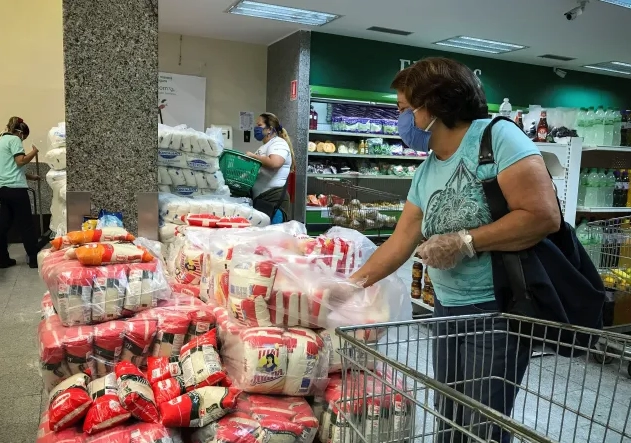In Argentina, nearly 60% of adults are overweight or obese, exceeding the global average of 40%. These figures are estimated to grow to 50% worldwide by 2035. The World Health Organization (WHO) states that around 4 million adults die every year due to this problem, considered a global pandemic and the result of malnutrition.
Overweight and obesity are closely linked to the consumption of processed foods rich in sugars, fats and salt, in addition to a sedentary lifestyle. The consequences of this excess weight include an increased risk of chronic non-communicable diseases, such as cardiovascular disease, diabetes, hypertension and oncological diseases. These worrying health implications are compounded by the effects of global climate change.
Climate change: how it can affect our daily lives
According to the United Nations (UN), climate change refers to long-term alterations in temperatures and weather patterns, regionally and globally. It is usually associated with natural disasters such as floods, intense storms, prolonged droughts, water shortages, thaws, fires, and extreme temperature conditions. However, the potential implications that climate change could have on our daily routines, particularly on food, are rarely considered.
Climate change clearly and irrefutably impacts food production, decreasing or deteriorating its availability, diversity, and access. According to the latest report of the National Drought Monitoring Board in Argentina for the year 2022, about 175 million hectares were severely affected by drought. This situation generated problems in water supply, both for human consumption and for livestock, putting at risk the production of more than 17 million head of cattle. It also caused a significant reduction in crop yields on more than 1 million hectares.
In addition to the adverse impacts of climate change on food production, the growth in food demand, driven by population growth, puts significant pressure on the agricultural sector and food systems. As a result, agri-food producers are compelled to employ all available resources to cope with adverse climatic conditions and ensure high yields.
In the region, the food industry has tended to produce ultra-processed foods, which contain little or no whole foods, include additives, and are nutritionally poor. According to estimates by the Pan American Health Organization (PAHO), consumption of ultra-processed foods in Latin America is expected to increase by more than 20% in the next 15 years. In agriculture and horticulture, the extensive use of fertilizers and pesticides has been the main strategy to increase crop yields. In Argentina, the sale of agrochemicals has experienced a marked increase in recent years, from 225 million kg in 2008 to 343 in 2016, according to data from the Chamber of Agricultural Health and Fertilizers.
Pesticides: benefits, controversies, and environmental risks
Pesticides are agents used at all stages of the production chain, from processing and storage to food transportation. Their function is to prevent, destroy, or control any pest that may damage the quality of the product. Some of these compounds are also used in domestic environments: who has never wanted to eliminate ants from their garden?
Despite the agricultural and food benefits they have brought, the use of pesticides has aroused controversy in recent decades. On the one hand, its misuse or indiscriminate use has led to the contamination of various aquatic environments, such as rivers, lakes, and seas. This is partly attributed to the lack of information or advice on the nature of the products used. On the other hand, uncertainties persist about the possible adverse health effects on populations exposed to these chemical agents.
Recently, it has been found that exposure to pesticides can cause alterations in fat metabolism, such as adipogenesis, which is the formation of adipocytes or fat cells and their accumulation through various processes. Therefore, despite the demanding physical activity involved in agricultural work, it is common to observe overweight problems in farmworkers. This situation raises the possibility that there is some external factor related to the work of this population that contributes to this unfavorable health condition.
Health care and the environment, an inseparable binomial
Both climate change and exposure to pesticides are elements that have an impact on the health conditions of populations and can act together to increase the likelihood of becoming overweight or obese.
So, what will the climate bring in the coming years, and what will happen to food production? How will the availability and quality of food affect the health of populations? What consequences will it have on the health of farmworkers? These are some of the questions that emerge from this intersection between the environment, human health, and food production.
Climate change is a reality and a threat to global health in the 21st century, especially in developing countries. Given that obesity is a preventable disease, it is important to continue promoting plans aimed at its protection, and it is crucial to continue generating policies aimed at reducing and counteracting the negative impacts of climate change on communities and public health. Collective strategies are required to achieve food security and maintain harmony between society and the natural environment since the health and well-being of populations are closely linked to the preservation and sustainability of the environment.
*Translated by Janaína Ruviaro da Silva from the original in Spanish.












